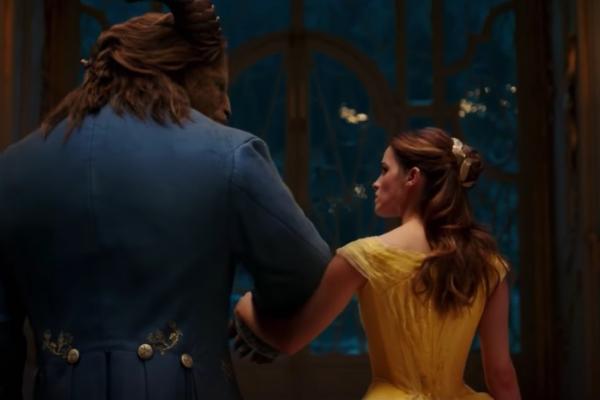Mar 17, 2017
The updated, live-action version of the film, out this weekend, manages to make the development of its central romance a little more redemptive. It’s mainly a recreation of the original film, but manages to squeeze in some additional context that make its characters more fully-rounded, and their circumstances more understandable. But while this progressive package [complete with a more diverse cast and LGBTQ-friendly supporting characters] is a bit easier to swallow, the core problem of the story still remains.
Read the Full Article

Already a subscriber? Login
